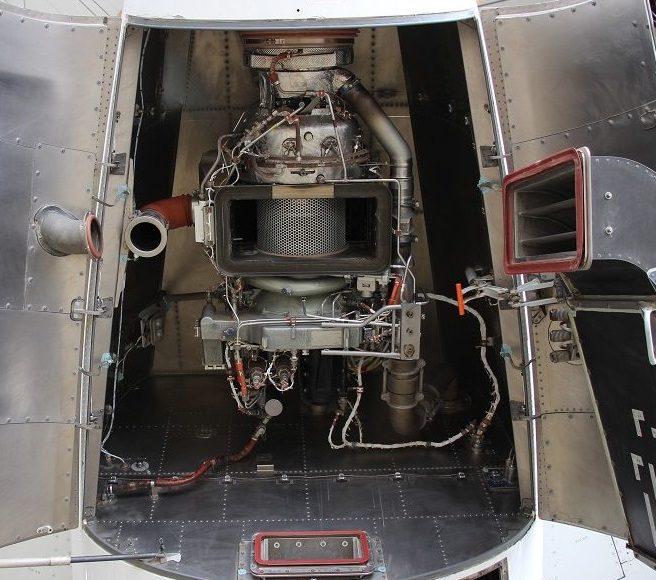When returning an Auxiliary Power Unit (APU) from lease, there are specific conditions and documentation requirements that must be met.
These requirements ensure the APU is in working condition and meets regulatory and lease standards.
Shop Visit Report: After an APU SV (Shop Visit), a comprehensive report is required, detailing the work done.
This includes:
Certification of Release (CRS) like FAA 8130 or EASA Form 1.
Airworthiness Directive (AD) and Service Bulletin (SB) status.
Life Limited Part (LLP) status.
Failure report outlining the reason for the visit.
Tear Down Report, detailing findings during disassembly.
Lists of missing and replaced parts & certificates for replaced items, like FAA 8130 or EASA Form 1.
Engine Test Cell results, including performance margins.
Line Replaceable Unit (LRU) configuration listing at entry and release from overhaul.
Work scope of the SV / Shop Visit technical report and any deviation listings.
Modular Configuration details, including Time Since Overhaul (TSO), Cycles Since Overhaul (CSO), Time Since New (TSN), and Cycles Since New (CSN).
The ongoing health of the APU is also important and this can be considered with defect analysis if they are repetitive and also trend Data and Condition Monitoring: Essential for understanding the APU’s performance over time, including looking at:
Vibration Trend as applicable.
Fuel Flow.
In-Flight Start results.
Exhaust Gas Temperature (EGT).
Shaft Speed.
Oil data, including pressure, temperature, and consumption.
Typically the APU has a logbook: A crucial document that tracks the APU’s history, including:
APU Identification (Part Number, Serial Number, etc.).
Removal and Installation record.
SB and AD Status List.
Service Record.
The borescope report is crucial for return conditions also: This internal review of the APU, ideally recorded on video, examines the compressor, combustion chamber, and turbine conditions. Timing of the borescope inspection is critical to ensure no further damage occurs after the inspection.
An operational Test: Includes checking the APU against the Aircraft Maintenance Manual (AMM) or Aircraft Flight Manual (AFM) procedures, assessing EGT margins, and ensuring operational parameters like Outside Air Temperature (OAT), QNH (Pressure at sea level), and Pressure Altitude meet standards. As applicable an in flight start might be required as part of the review if installed on wing. Additionally then performance data review such as checking the APU’s health against its age and use, including generator performance and operating parameters.
These are a few conditions only and show the complexity associated with the return of a component such as an APU.
In summary, returning an APU from lease involves a thorough examination and documentation of its condition, history, and performance. This process ensures the APU meets all regulatory and lease-specific requirements, confirming its readiness for continued service or subsequent lease.
If you are interested in learning more why not consider our Engines & Landing Gear Records course and follow us on LinkedIn.
